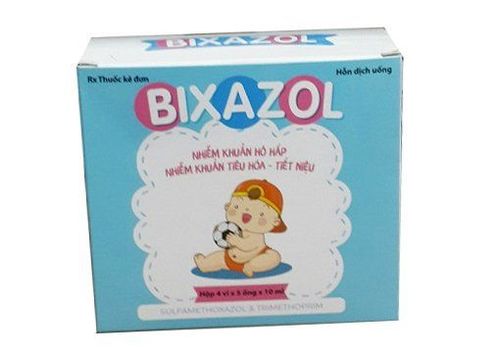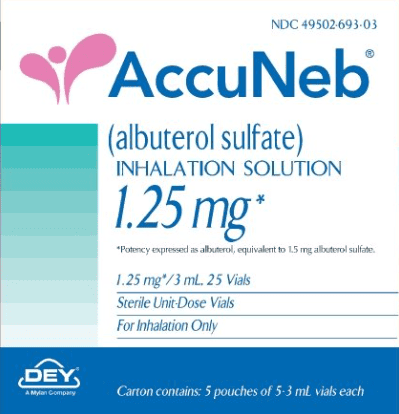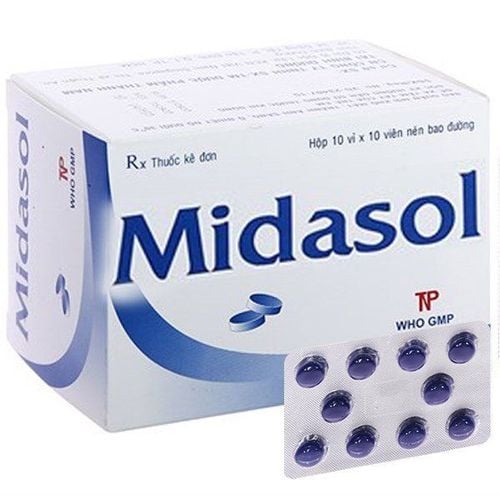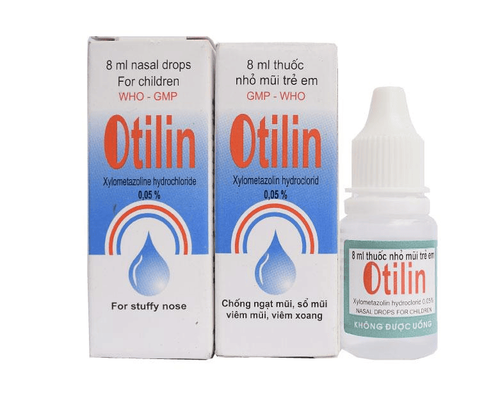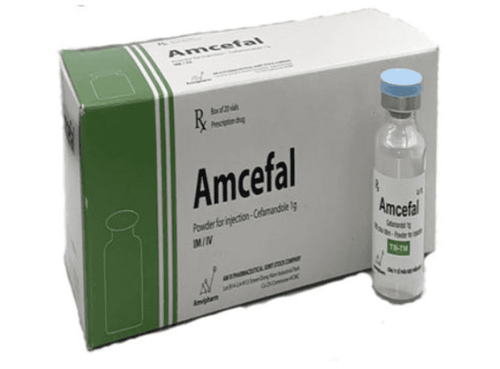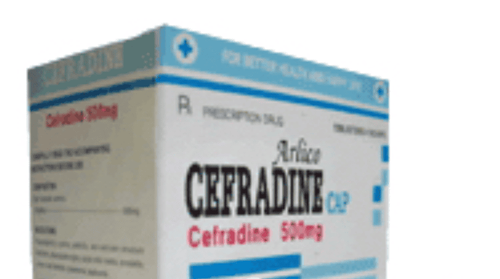This is an automatically translated article.
Cephalosporin antibiotics are very commonly used, one of which is Cefaclor with Bicelor 500 oral product. So what is the use of Bicelor and how should it be used?
1. What is Bicelor 500?
Bicelor 500 is an antibiotic with the main ingredient in Bicelor 500 is Cefaclor antibiotic (in the form of Cefaclor monohydrate) 500mg, prepared in hard capsule form with effective treatment of skin and soft tissue infections.
2. Characteristics of the drug Bicelor 500
The active ingredient Cefaclor in Bicelor 500 is a semi-synthetic antibiotic belonging to the Cephalosporin group for oral use. Pharmacokinetic characteristics of Bicelor 500:Cefaclor is very well absorbed when taken on an empty stomach. Although the amount of drug absorbed is the same whether the patient takes it fast or full, the peak concentration when taken with food is only about 50-70% of the fasting time and the time to reach is also about 45-60 years later. minute; When using Cefaclor fasting with doses of 250mg, 500mg, 1g, the mean peak serum concentrations were 7, 13, and 23mg/L, respectively, the time to reach about 30-60 minutes; Approximately 60 - 85% of the drug Bicelor 500 is excreted unchanged in the urine after about 8 hours, of which a large part of the drug is eliminated in the first 2 hours; The mean plasma half-life of Bicelor 500 in normal subjects is approximately 1 hour (range 0.6 - 0.9). When renal function is impaired, the half-life may be slightly longer; In cases of end-stage renal failure, the elimination half-life of Bicelor 500 is approximately 2.3 to 2.8 hours and its elimination route has not been determined. Note that dialysis can reduce the half-life of the drug by about 25-30%.
3. How is Bicelor used and indicated?
Indications of Bicelor 500:
Respiratory tract infections caused by strains of bacteria that are still sensitive to Cefaclor, especially when treatment fails with conventional antibiotics; Acute otitis media, acute sinusitis, pharyngitis, recurrent tonsillitis; Pneumonia or exacerbation of chronic bronchitis; Uncomplicated lower urinary tract infection (cystitis); Bicelor 500 is also indicated in skin and soft tissue infections caused by susceptible Staphylococcus aureus and Streptococcus pyogenes. Contraindications of Bicelor 500:
History of allergy to Cefaclor and other Cephalosporin antibiotics; History of allergy to any of the active ingredients in Bicelor 500 ; Note: Contraindication to Bicelor 500 is an absolute contraindication, that is, for no other reason that the contraindication is flexible enough to use this drug.
4. Dosage and how to use Bicelor 500
Dosage of Bicelor 500 for adults and elderly patients:
Pharyngitis, bronchitis, tonsillitis, skin and soft tissue infections, lower urinary tract infections: Take 1⁄2 - 1 tablet of Bicelor 500 per day. times, 2 times/day; If the patient has recurrent pharyngitis caused by group A hemolytic streptococcus (streptococcal) then treatment with Bicelor 500 should be done to the whole family, as they may be asymptomatic carriers; For more severe infections, a dose of 1 Bicelor 500 tablet can be taken orally 3 times a day. The maximum dose of Bicelor 500 is 4g/day. Cefaclor can be used in patients with renal failure. In cases of severe renal failure, the dose of Bicelor 500 should be adjusted for adults as follows:
Creatinine clearance 10-15ml/min: The dose of Bicelor 500 is reduced by 1⁄2 compared to the usual dose; Creatinine clearance less than 10ml/min: The dose of Bicelor 500 is reduced to 1⁄4 compared to the usual dose; Hemodialysis patients: During hemodialysis, the half-life of Bicelor 500 in serum is reduced by 25-30%. Therefore, regular hemodialysis cases should be started with 250mg to 1g (1⁄2 to 2 Bicelor 500 tablets) before hemodialysis and maintained at 250-500mg (1⁄2 to 1 tablet). Bicelor 500) orally every 6-8 hours between dialysis sessions. Dosage of Bicelor 500 for children:
The usual dose is 20-40mg/kg/day, divided into 2-3 oral doses; Cases of otitis media: 40 mg/kg/24 hours, divided into 2-3 times, but the total daily dose should not exceed 1g (no more than 2 Bicelor 500 tablets); The safety and effectiveness of Bicelor 500 in infants under 1 month of age have not been established to date; The duration of treatment with Bicelor 500 for beta-hemolytic Streptococcus infection is at least 10 days.
5. Some notes when using Bicelor 500
Bicelor 500 can be toxic if used for people with a history of hypersensitivity to Cephalosporin antibiotics, especially allergy to Cefaclor, or Penicillin and some other drugs. Particular caution should be exercised in cases of penicillin allergy because of possible cross-sensitization with Cefaclor (however, the possibility of cross-sensitization is not high).
Long-term use of Bicelor 500 may cause pseudomembranous colitis, so caution should be exercised in patients with a history of gastrointestinal diseases such as colitis.
Care should be taken when using Bicelor 500 for people with severely impaired kidney function. The half-life of Cefaclor in anuria patients is 2.3-2.8 hours (compared to 0.6-0.9 hours in normal subjects), so no dose adjustment of Bicelor 500 is usually required in patients with moderate renal impairment, but dose reduction in humans is usually required. severe renal failure. Clinical experience with Bicelor 500 in patients with renal impairment is limited, therefore frequent patient monitoring is required, especially when Bicelor 500 is used in combination with nephrotoxic antibiotics or diuretics. urinary furosemide and ethacrynic acid.
6. Side effects of Bicelor 500
Some common side effects of Bicelor 500:
Diarrhea or bloody stools; easy bruising or bleeding; Severe tingling sensations, numbness, pain, muscle weakness; Abnormal bleeding; Convulsions; Yellow or pale skin, dark urine; Fever, chills, whole body aches, flu symptoms, swollen glands, rash, itching, joint pain, general feeling of weakness; Fever, sore throat, headache with severe blistering, peeling, red skin rash; Increased thirst, loss of appetite, edema, weight gain, feeling short of breath, urinating less than usual, or anuria;
7. Drug interactions of Bicelor 500
Drug interactions can change how Bicelor 500 works or increase the risk of side effects. Please list all medications you are taking (including prescription, nonprescription and dietary supplements) and notify your doctor or pharmacist. Patients should not arbitrarily use, stop or change the dose of Bicelor 500 without the permission of the doctor.
Some drug interactions of Bicelor 500 :
Probenecid may increase the activity and side effects of Cefaclor when taken concurrently; Oral anticoagulants such as warfarin: Side effects, including the risk of bleeding, may be increased with Bicelor 500. Hopefully, the sharing of Bicelor 500 drug will help the treatment process in patients be effective, safe and minimize side effects. If you have any further questions, you can actively ask your prescribing doctor for in-depth advice.
Please dial HOTLINE for more information or register for an appointment HERE. Download MyVinmec app to make appointments faster and to manage your bookings easily.




